Tripoli is Lebanon’s second largest city and provides visitors with a great Middle Eastern vibe. Wander around the winding market places and historical sites and you’ll soon find yourself falling for its charm.
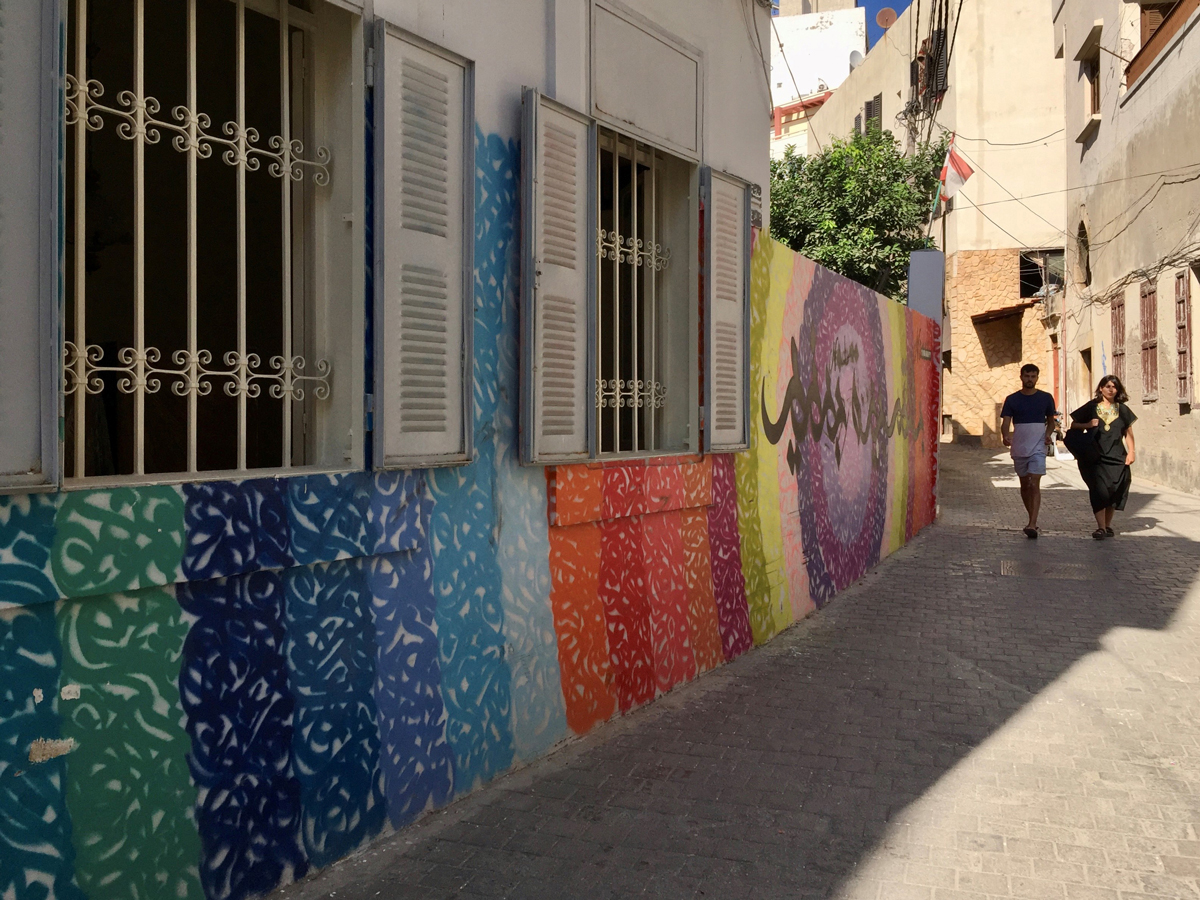 Getting There
Getting There
What to Do
Old Souks
Your first stop in Tripoli should be the old souks. Head into the souk, a frenetic maze of jewelry shops, kaake vendors and juice stands. Scattered throughout its tight alleyways are various Mamluk, Crusader and Ottoman relics, like the Mansouri Mosque, the Khan Al Saboun, a beautiful courtyard where soap is still made by hand, and Hammam El Jadid, a hammam with stunning mosaics and a glass dome ceiling.
Citadel of Raymond de Saint-Gilles
Tripoli’s Citadel was built by Raymond VI of Saint Gilles, a knight of the very First Crusade, who set out to conquer Tripoli and erected the castle around AD 1100. You can roam through the sprawling grounds of this Crusader Castle and admire its Frankish and Ottoman foundations. Every stone staircase leads to a new deck and each doorway opens up into a grand hall from Lebanon’s past. Climbing through the structure to the very top of the castle, visitors will find an unmatched panorama of Tripoli from above.
El Mina and Corniche
Roaming around the laid-back seaside neighborhood of El Mina is a must in Tripoli. The El Mina quarter juts out into the sea and is defined by its relaxed and quaint atmosphere. Buildings are old and beautiful, and there is a tenable small town feeling, complete with colorful houses, local churches and charming alleys.
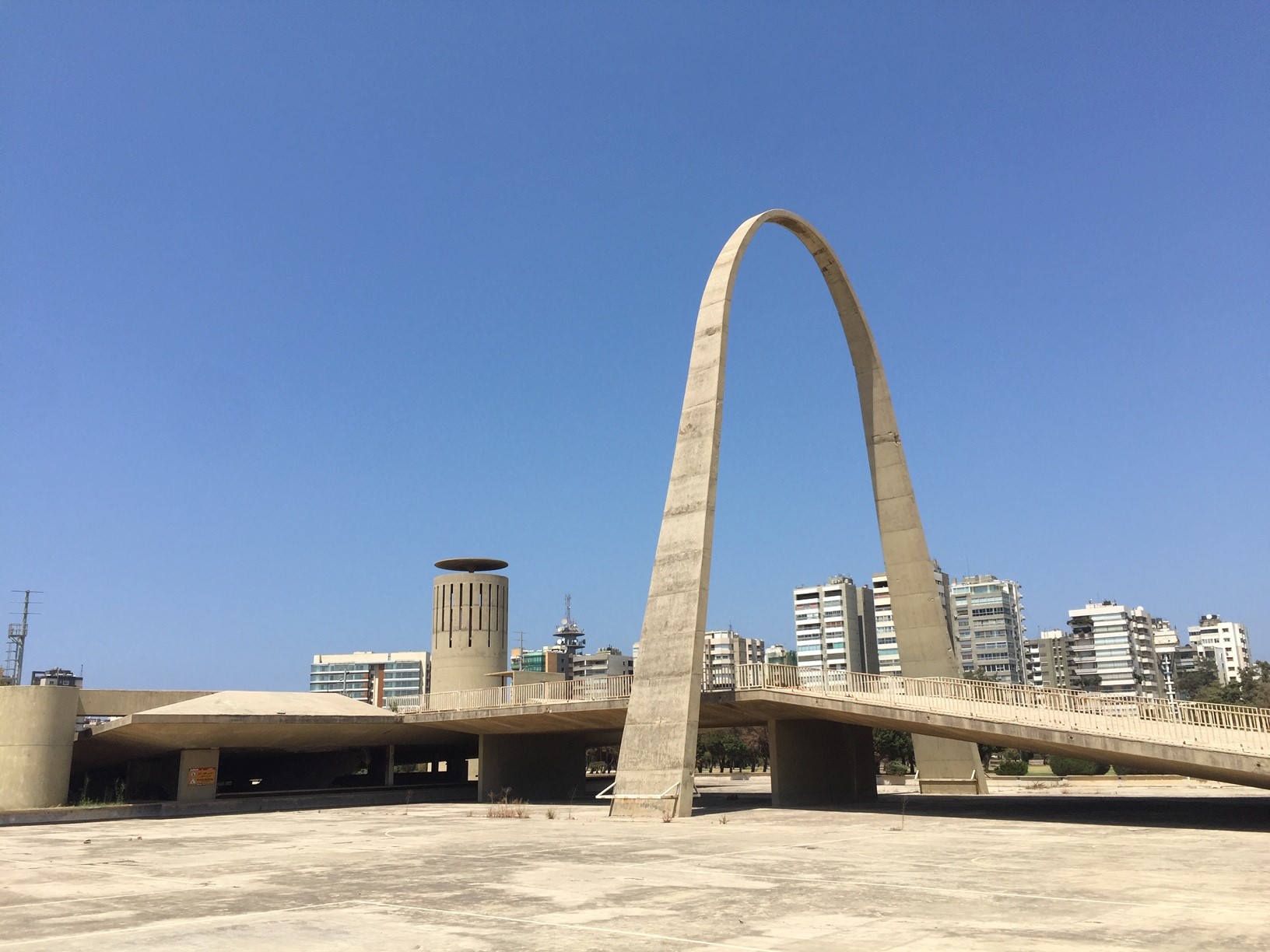
Designed by renowned Brazilian architect Oscar Niemeyer, the International Fair comprises 15 modernist concrete structures, which were intended to create a tourist hub. The complex was partially completed in 1974 but left unfinished due to Lebanon’s Civil War. The Getty Foundation recently announced that the site was being given a 225,000 USD grant as part of their “Keeping It Modern” initiative to spend on a two-year conservation and management plan. UNESCO has also placed the fair on their Indicative Heritage List, which is a step towards being considered for full World Heritage List status.
 Palm Island Reserve
Palm Island Reserve
The Palm Island Reserve consists of three islands. Declared a protected site by UNESCO in 1992, the islands are populated with endangered species of rabbits, monk seals and turtles. The largest island, Nakheel, features around 2,500 palm trees, with paths laid out for visitors. The islands are open to the public from July to September so take advantage. Just remember to negotiate the price of your boat trip at the port, pack some food and float away.
The Lion Tower and Train station
Just down the Corniche from the Mina neighborhood is the Lion Tower, or Burj al Sabaa, and old train station. The Lion Tower was built by the Mamluks in the 14th century for military use, and was constructed using old Roman columns that were lain horizontally to fortify the tower. It is well worth the climb to the top to get a sweeping view of the Tripoli port. After a tour of the Lion Tower, walk around the old train station right beside the Tower. The famous Orient Express once ran from Homs in Syria to the station in Mar Mikhael. Today, visitors can walk around the unused and rusting train cars.
 Where to Eat
Where to Eat
Although Dannoun (+961 6 438 844) may not look like much from the outside, this renowned spot in the Al Tall neighborhood is almost always full. Be sure to stop by to try their foul and hummus. You won’t regret it!
Akra (+961 6 438 500) is also known for serving the traditional Tripoli fare of foul and hummus for breakfast. Akra is perfect for morning bite or a quick meal. The restaurant is clean and comfortable, and the service is great.
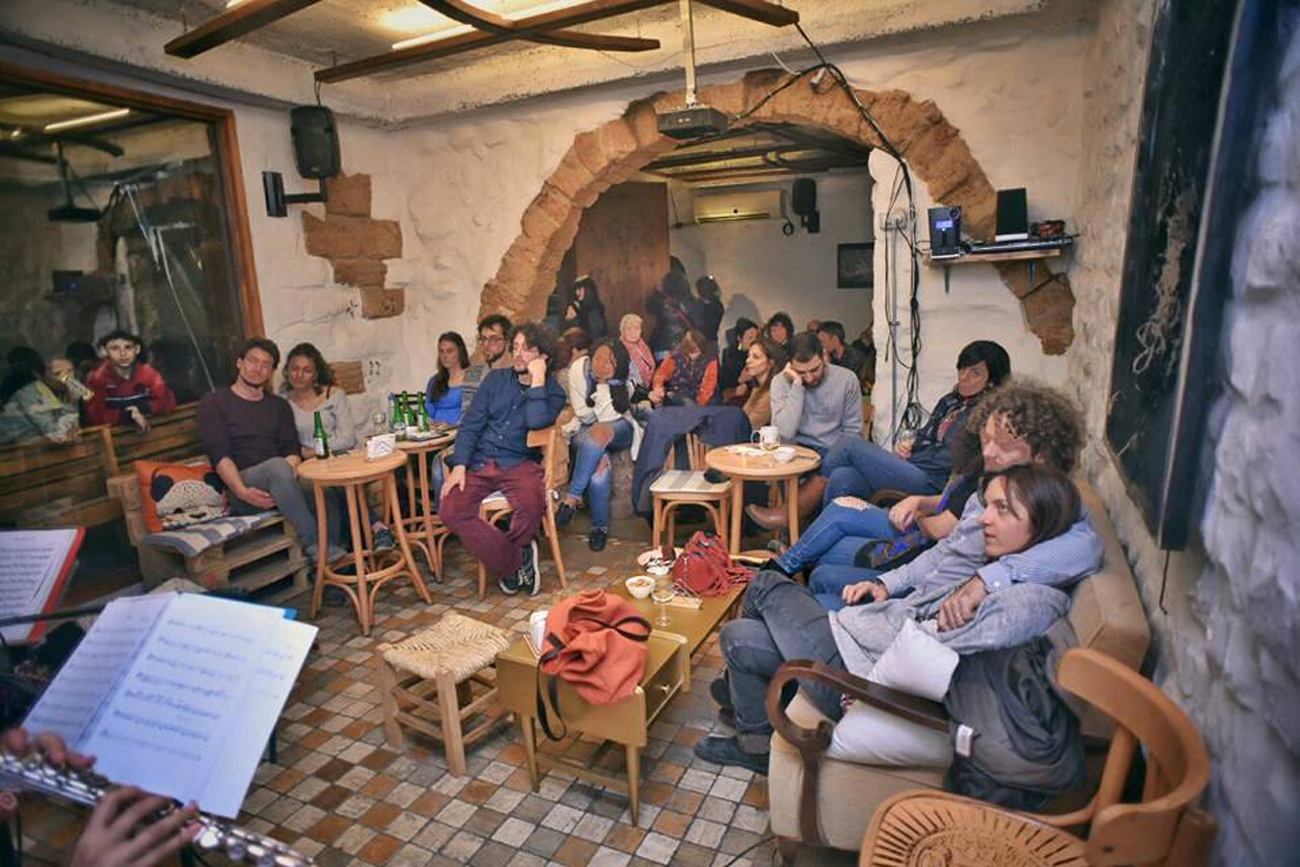
Warche 13
Warche 13 (+961 3 467 795) is a trendy café with an active artistic community. Situated in El Mina, Warche 13 is a great place if you’re looking for organic yogurt or a sandwich. Enjoy their regular events, which range from open-mic poetry nights to live music.
If you want ice cream made the old-fashioned way, head to Orchid Ice Cream (+961 70 044 680) for a cone filled with fresh ice cream and smothered in pistachios. Established in 1919, Orchid is well known for producing its ice cream by hand and using local ingredients, like strawberries, rose water, pistachio and lemon, to make a refreshing sorbet or creamy treat.
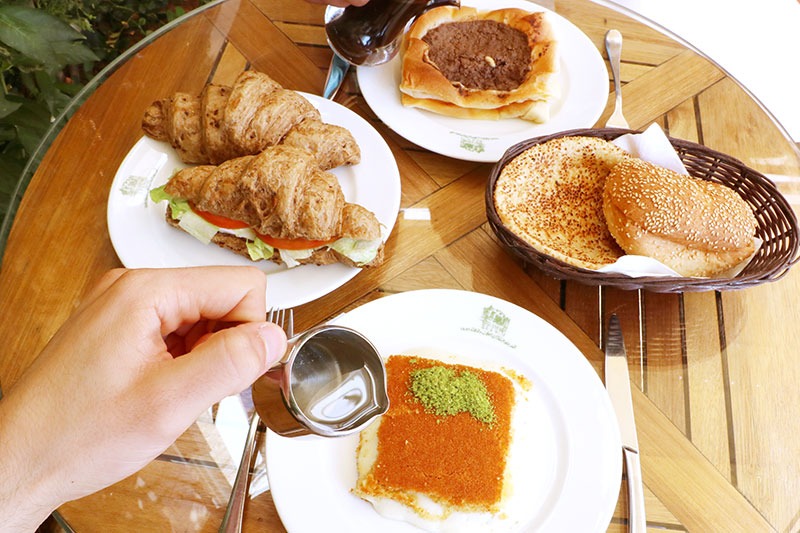
Hallab 1881
You haven’t fully experienced Tripoli until you’ve tried the delicious Lebanese sweets at Hallab 1881 (+961 6 444 445) a family-run business. Kasr El Helou, the firm’s flagship store, is considered one of the city’s most renowned landmarks, so make sure you stop for some of their famous baklawa, maamoul and knefe.
Where to Sleep
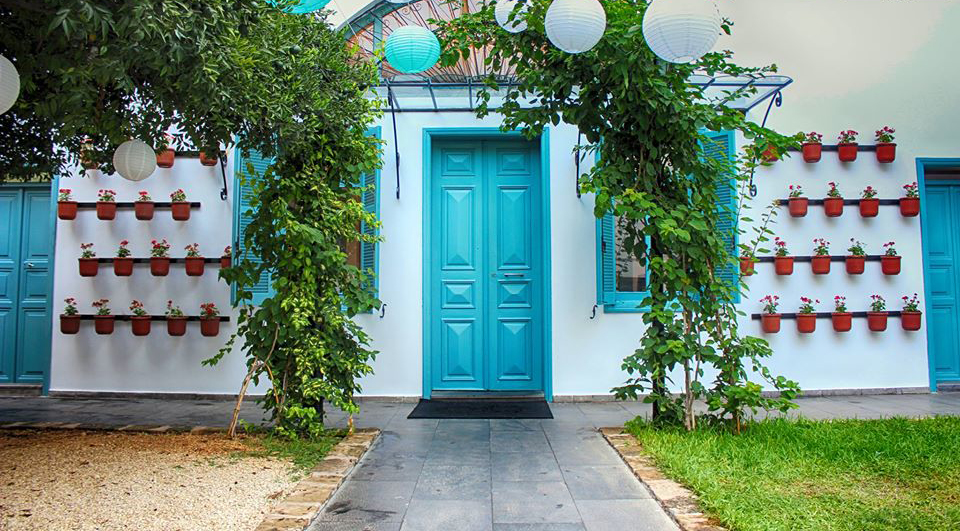
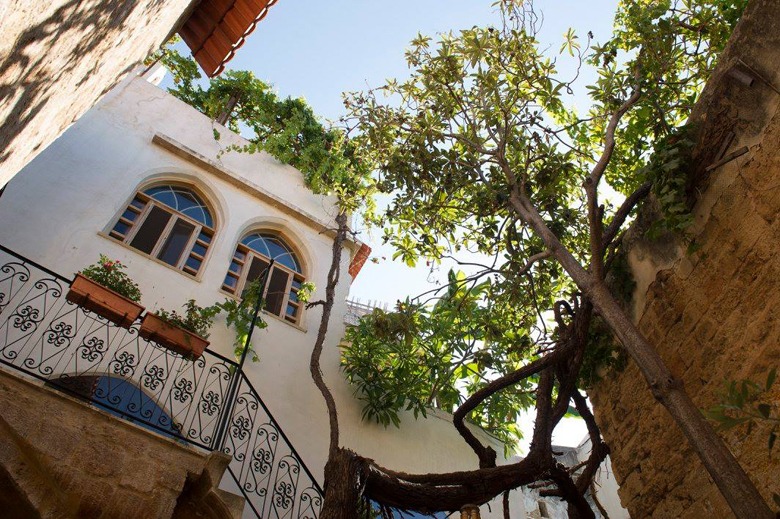
Loading



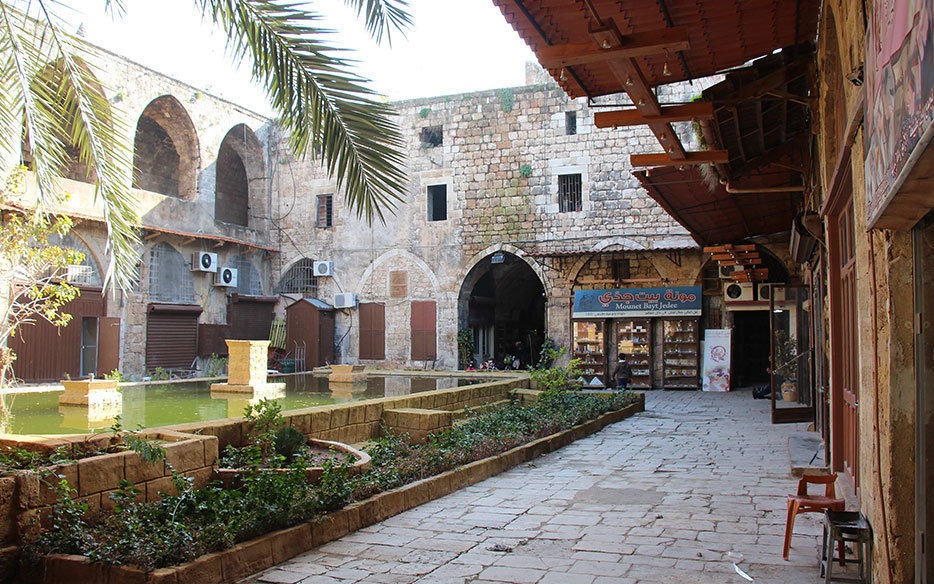
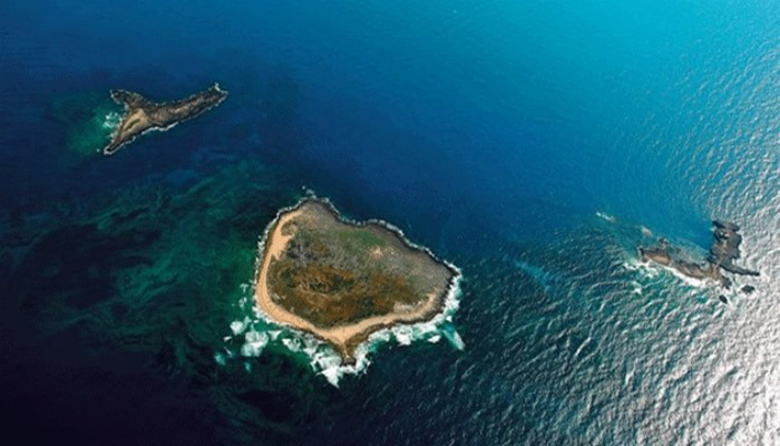 Palm Island Reserve
Palm Island Reserve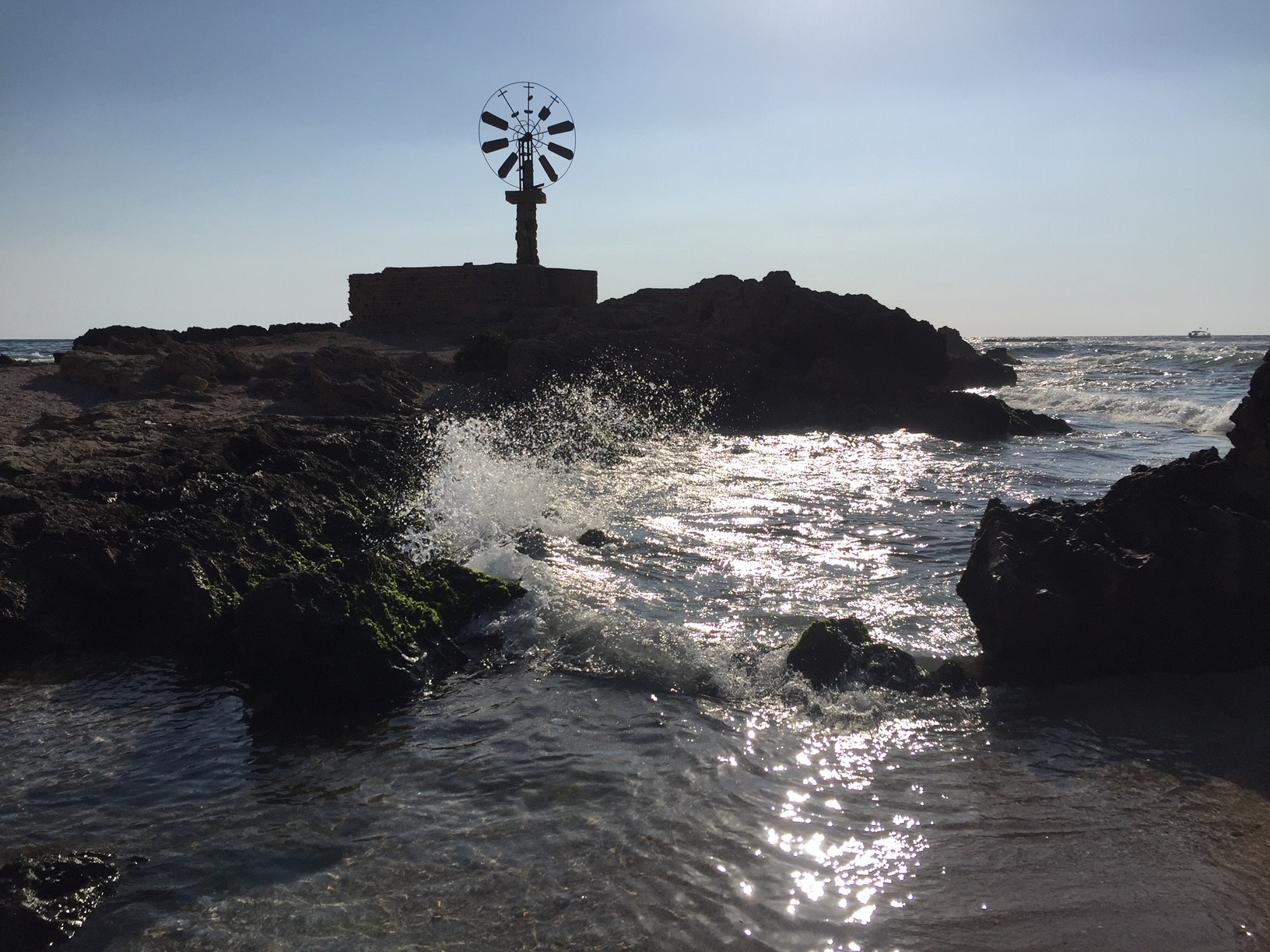 Where to Eat
Where to Eat